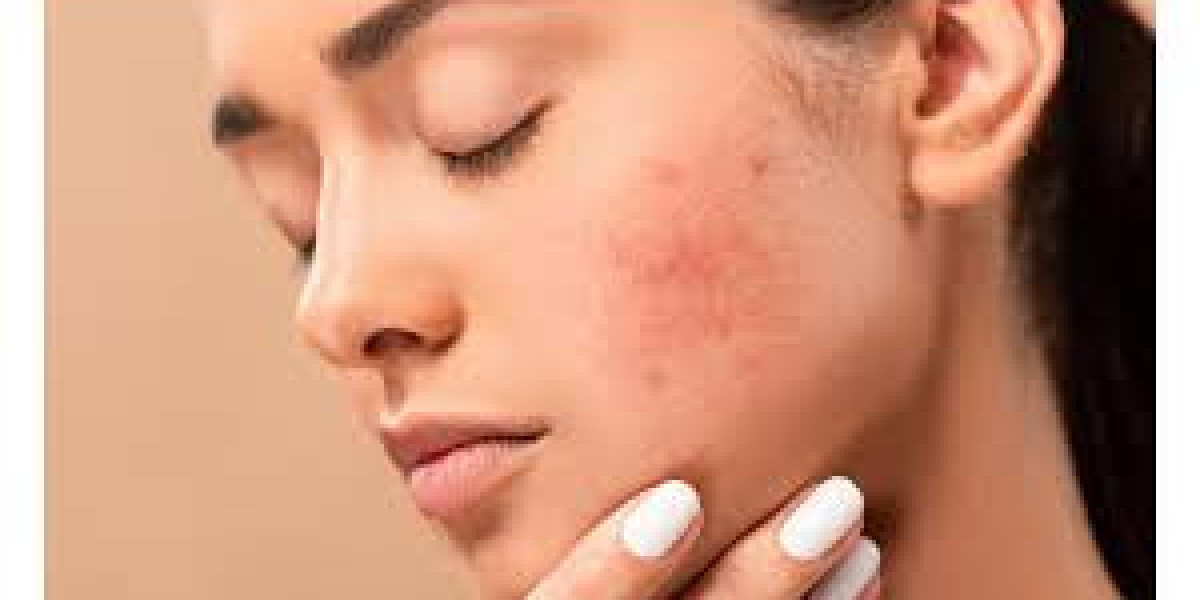Understanding Brown Spots
Brown spots are a common skin concern for people of all ages. Often referred to as age spots, sun spots, or hyperpigmentation, these darkened patches on the skin are typically harmless. However, they can be frustrating, especially when they seem to pop up overnight and are hard to cover with makeup. Most people begin to notice brown spots as they get older, but they can affect younger individuals too, especially those who spend a lot of time in the sun or don’t wear sunscreen regularly.
The good news is that brown spots can be treated, lightened, and in some cases, eliminated completely with the right skincare routine. But to do this effectively, it’s crucial to understand not only why these spots appear but also which ingredients and products work best to fade them safely.
What Causes Brown Spots to Appear?
brown spots removal are mainly the result of excess melanin production in the skin. Melanin is the pigment responsible for giving your skin its color. When skin cells produce too much melanin in one spot, it creates a visible dark area.
There are a few main triggers behind this process. Sun exposure is the most common culprit, which is why these spots are often found on areas like the face, neck, hands, and shoulders—places that get the most sun. Another major cause is aging, which naturally brings changes to how the skin produces pigment. Hormonal changes, especially during pregnancy or menopause, can also lead to the development of these spots. Additionally, skin inflammation from acne or injuries can sometimes leave behind stubborn marks that turn brown over time.
Why Skincare Products Matter for Brown Spots
Using the right skincare products can make a big difference in how your skin looks and feels. When it comes to brown spots, certain creams and serums are formulated to target the deeper layers of the skin, where melanin is produced. These products don’t just sit on the surface—they work beneath it, encouraging cell turnover and breaking down the buildup of pigment.
Some people try home remedies or natural solutions, but these often lack scientific backing and may take a long time to show any visible results. Clinical-grade skincare products, especially those with tested and proven active ingredients, have a much better track record. They are designed to penetrate the skin barrier, reach the root of the problem, and gradually reduce discoloration.
It’s also important to note that consistency is key. Skincare isn’t a one-time solution; it’s a daily habit. Even the best product won’t work if used sporadically or incorrectly.
Ingredients That Truly Work on Brown Spots
When searching for a cream or serum to treat brown spots, you’ll find hundreds of options on the market. But not all products are created equally. What truly matters is what’s inside the formula. Certain ingredients have been studied and proven to be effective in fading pigmentation and evening out skin tone.
One of the most well-known ingredients is hydroquinone. It’s a powerful lightening agent that disrupts melanin production. While it’s effective, it must be used with caution and typically under medical supervision, especially for those with sensitive skin. Vitamin C is another strong contender. As a natural antioxidant, it helps brighten the skin while protecting it from further sun damage.
Niacinamide, a form of vitamin B3, is known for its ability to calm the skin and reduce the appearance of discoloration without irritation. Kojic acid, derived from mushrooms, works similarly by inhibiting the pigment-forming enzyme tyrosinase. There’s also alpha arbutin, azelaic acid, and retinoids—all of which play specific roles in renewing the skin and clearing up spots over time.
Ultimately, the best cream or serum will likely include a combination of these ingredients, depending on your skin’s unique needs.
Creams vs. Serums: Which Is More Effective?
One common question that people ask when treating brown spots is whether they should use a cream or a serum. Both have their strengths, and the answer often depends on the formulation and the skin type.
Creams tend to be thicker and more moisturizing, which can be great for dry or mature skin. They often provide a barrier on the skin’s surface, helping to seal in active ingredients. Serums, on the other hand, are lightweight and packed with concentrated ingredients. Because of their smaller molecular structure, they can penetrate deeper into the skin, making them ideal for targeting issues like pigmentation.
For best results, many dermatologists recommend using both. A serum can deliver the treatment deep into the skin, while a cream can support hydration and help lock everything in. It’s not about choosing one over the other—it’s about building a routine that works together in harmony.
How Long Does It Take to See Results?
Patience is essential when treating brown spots. While it’s tempting to want overnight miracles, most products take time to show visible improvements. On average, you might begin to see changes within four to six weeks of consistent use. For deeper pigmentation, it could take several months.
It’s also important to consider that the skin goes through a renewal cycle every 28 to 40 days. So while you may not see instant results, each cycle brings you closer to brighter, more even-toned skin. During this process, sticking with your product of choice is crucial. Changing products too often or skipping days can delay results or irritate the skin.
Some ingredients like retinoids and acids can also make the skin more sensitive to the sun, so wearing sunscreen during the day is non-negotiable. Otherwise, the sun can undo all the progress you’ve made.
Tips for Choosing the Right Product for Your Skin
Finding the right product can feel overwhelming with so many options available. The key is to understand your skin type and sensitivity level. If you have dry or mature skin, look for products that contain hydrating ingredients along with pigment-fighting ones. If your skin is oily or acne-prone, choose a lightweight formula that won’t clog pores.
It’s also helpful to read reviews, look for clinical studies, and if needed, consult with a dermatologist. Sometimes, what works for someone else might not work for you—and that’s okay. Skincare is highly individual, and it may take a bit of trial and error to find your perfect match.
Another useful tip is to do a patch test before applying a new product to your entire face. This helps you avoid any unwanted reactions or irritation. Once you know a product suits you, commit to using it regularly for best results..
Common Mistakes to Avoid
While it’s easy to get excited about treating brown spots, there are some common mistakes that can slow your progress. One of the biggest errors is not wearing sunscreen daily. Even the best treatment won't work if your skin is constantly exposed to UV rays. Sunscreen protects the skin and prevents new spots from forming while you treat existing ones.
Another mistake is over-exfoliating. While exfoliation helps remove dead skin cells and brighten the skin, doing it too often can cause inflammation, making pigmentation worse. It’s all about balance—gentle care goes a long way.
People also often expect results too quickly and give up too soon. It’s important to give products time to work before switching to something else. Trust the process and allow your skin the time it needs to heal and regenerate.
Final Thoughts
Brown spots can be a frustrating skin concern, but they’re not permanent. With the right creams or serums, and a little bit of patience, you can fade them away and restore your skin’s natural glow. The key lies in choosing products that are backed by science and suited to your skin type.
Consistency, sun protection, and realistic expectations are all part of the journey. And while skincare alone may not always offer instant results, it’s a powerful tool when used correctly. Don’t be discouraged by the timeline—clear, radiant skin is possible, and every day you commit to caring for your skin brings you one step closer.








